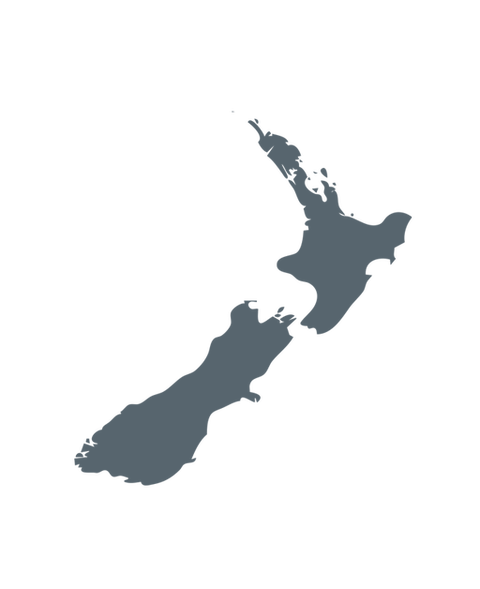
WATCH MAP
Toxins from diverse fungal species are proliferating worldwide in animal feedstuffs, due to climate change and evolving farming practices.
Click the regional pins to explore recent global events, and the resulting mycotoxin threats to livestock health and performance.

NEW ZEALAND:
Flooding hits maize crop yield hard, higher mycotoxin levels reported.
Extreme summer rainfall and widespread flooding have hit maize crops particularly hard. Flooding events have put some maize crops under water and yields are down by as much as 30% in other areas. Higher levels of mycotoxins, including aflatoxins, are being reported as a result.

USA
Over half of corn silage samples found to contain mycotoxins
April 2017 corn silage samples are showing high levels of type A trichothecenes with 57% of samples to date being contaminated with these mycotoxins. (Average contamination is running at 302 parts per billion [ppb], with 1278ppb being recorded in one sample).
Type A trichothecenes are potent mycotoxins that can negatively affect gut health and depress feed intake.

UK
High mycotoxin levels in grass silage, potential risk to dairy cattle.
April 2017 grass silage samples are showing high levels of Penicillium mycotoxins, which can have a negative impact on rumen function. All samples to date have been contaminated with this mycotoxin group and at a level that potentially poses a high risk to dairy cattle.
Nutritionists are being warned that high levels of type B trichothecenes (80% of samples), fusaric acid (90%) and aflatoxin B1 (70%) have also been reported.

AUSTRALIA
Record summer weather leads to increased outbreaks of mould and mycotoxin contamination
Extreme climate conditions have taken their toll on Australia: Over 200 weather records have been broken during the 2016/17 summer with extreme humidity the main problem.
As a result, significant outbreaks of barley leaf rust and wheat stripe have been reported, which – coupled with
a shortage of fungicide – means mycotoxin contamination concerns have escalated dramatically. Farmers are even starting to demand mould counts on some feeds before purchase.

SOUTH AFRICA
2016 droughts, then 2017 downpour, likely to cause increased fumonisins in maize.
Extreme drought during 2016 has been followed by unusually heavy rainfall during the first quarter of 2017. Maize crops are very wet and May harvested material is likely to show up significant contamination with a range of mycotoxins, but particularly fumonisins as a result of the growth of fusarium mould.

INDIA
Good crop quality in maize harvest, suggests early reports.
Early reports of the maize harvest from the east of
the country suggest that crop quality is good with moisture levels in the region of 14-18%. The weather has been hot and dry since harvest, but relatively little has been stored.

SOUTH AMERICA
Drought affects Brazil’s corn and soybean harvests, increased mycotoxin risk for pigs and poultry.
Severe drought has hit the recent corn and soybean harvests in Brazil particularly hard. Corn harvest results show that the primary mycotoxin threat is coming from fumonisins – so much so that contaminated feed stocks would present a high risk to pigs and a moderate one to starter poultry, breeders and layers.

